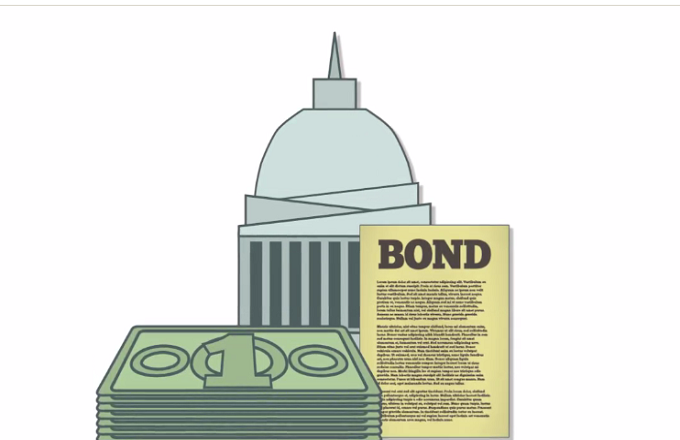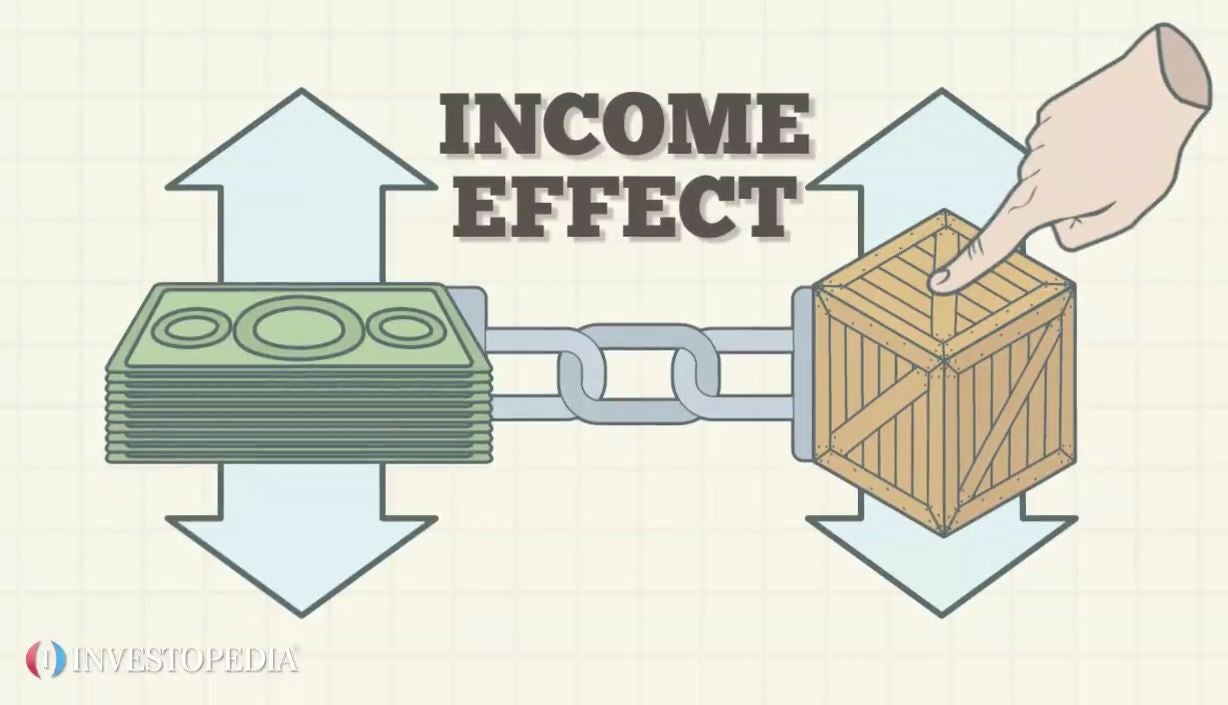For a fixed-income security, the periodic return on the investment is the same throughout the life of the security. Principal is returned at the time of maturity. The payment can be in the form of a coupon payment, a dividend on preferred stock or an interest payment.The rate of return is fixed at the time the security is purchased. Thus, the investor knows exactly how much income he or she will earn from the security. Because of this certainty, fixed-income securities usually have a lower rate of return than variable-income securities. Fixed-income securities are especially popular for risk-adverse investors. Examples of fixed-income securities are treasury bonds, certificates of deposit and preferred stock with a stated dividend rate. For instance, an investor might own a 30-year treasury bond with a face amount of $1,000 and an interest rate of 4%. The investor can count on receiving $40 in annual interest payments for 30 years, at which time he or she will receive the final interest payment, plus the return of his $1,000 principal.





